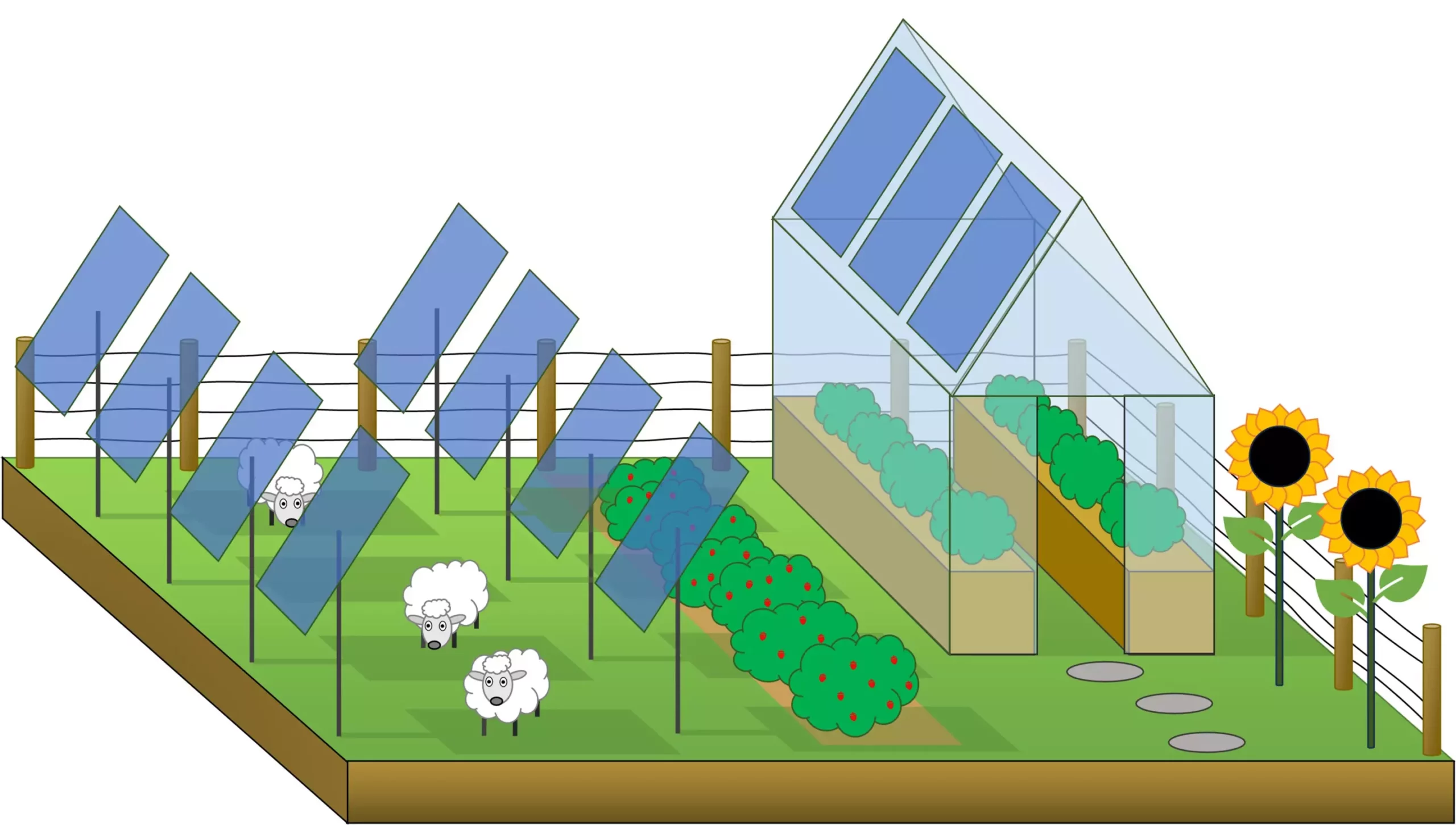In an era where sustainability is paramount, finding ways to harmonize agricultural production with renewable energy generation has become a focal point for researchers. A groundbreaking study from Swansea University’s Department of Physics introduces an advanced tool aimed at identifying optimal photovoltaic (PV) materials for agrivoltaics—an innovative integration of solar technology with agricultural practices. This research stands to redefine how we approach land use by maximizing outputs from the same area.
The term agrivoltaics describes the dual use of land for agricultural purposes and solar energy generation. The concept marries the need for clean energy solutions with the pressing challenges of global food security, highlighting a future where both energy and food can be sustainably produced. The recent study showcases novel semi-transparent PV materials capable of allowing sunlight to penetrate and nourish crop growth while simultaneously generating solar power. The implications of such technology are vast, as it could transform underutilized farm areas into productive energy-generating sites.
At the heart of this research is an innovative tool designed to assess properties of various PV materials around the world. The software evaluates crucial factors like light transmission and absorption alongside the electrical output of different materials, which can help determine their efficacy in diverse environments. According to Austin Kay, the lead author and a Ph.D. candidate involved in the project, this tool enables the comparison of various PV materials, paving the way for more informed choices that could significantly enhance the coexistence of agricultural and energy production.
Selecting the right PV material is essential for optimizing light dynamics. Different wavelengths of light are absorbed based on the bandgap of the material. A broader bandgap facilitates absorption of higher-energy (blue) light, while a narrower bandgap captures lower-energy (red) light. This specificity allows researchers to tailor the light passing through the PV panels to meet the needs of crops, which primarily utilize red and blue light for photosynthesis. This nuanced understanding of light absorption is key to bridging the gap between productive agriculture and effective solar energy harvesting.
With the escalating need for renewable energy, the potential of agrivoltaic systems becomes even more vital. Associate Professor Ardalan Armin emphasizes that optimizing the relationship between solar energy and agriculture can play a significant role in decarbonizing the farming sector. The addition of solar panels can enhance energy generation without compromising food production, providing a dual benefit. However, practical implementation requires careful planning, especially regarding methods of installation and livestock management to ensure the durability of the energy systems.
The findings from Swansea University present a promising step towards sustainable agricultural practices. As researchers continue to refine the technology and explore its applications, the future of agrivoltaics looks bright, fostering resilience in food systems while also championing the transition to renewable energy sources. As the world grapples with climate change challenges, innovations like these underscore the potential for agricultural practices that are not only productive but also environmentally conscious.

